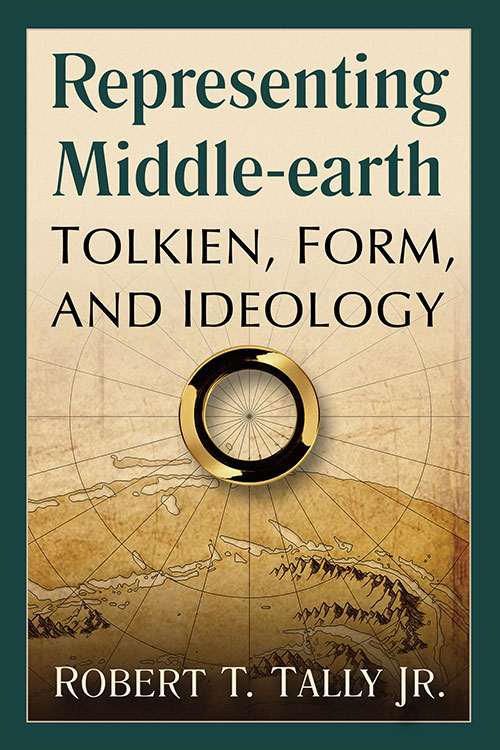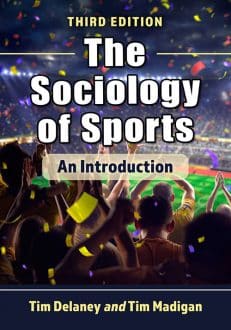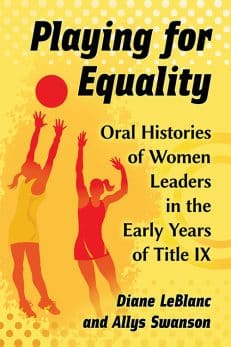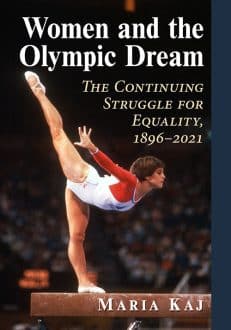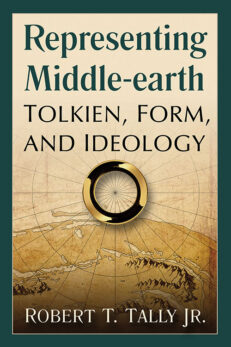Representing Middle-earth
Tolkien, Form, and Ideology
$39.95
In stock
About the Book
In such classic works as The Hobbit, The Lord of the Rings, and The Silmarillion, J. R. R. Tolkien depicts a vast, complex world-system. Tolkien’s Middle-earth comes to life with intensely detailed historical, geographical, and multicultural content, which is presented through different poetic forms that combine elements of epic, romance, myth, history, and the modern novel. This book analyzes Tolkien’s project, paying attention to narrative form and its relation to social contexts, while also exploring his broader philosophical conception of history and the role of individual and collective subjects within it. Tolkien’s published and posthumous writings, the film adaptations, and recent scholarship are all examined to provide an enlarged and refined critical perspective of these major works. Drawing upon Marxist literary theory and criticism, Robert T. Tally Jr. calls into question traditional views of race, class, morality, escapism, and fantasy more generally. Through close readings mixed with theoretical speculation, Representing Middle-earth allows readers see Tolkien’s world, as well as our own, in a new light.
About the Author(s)
Bibliographic Details
Robert T. Tally Jr.
Format: softcover (6 x 9)
Pages: 198
Bibliographic Info: notes, bibliography, index
Copyright Date: 2024
pISBN: 978-0-7864-7037-2
eISBN: 978-1-4766-5192-7
Imprint: McFarland
Table of Contents
Preface and Acknowledgments 1
Introduction: The Perilous Realm in an Era of Multinational Capitalism 11
Strange Bedfellows: Tolkien and Marxist Literary Criticism 13
Towards a Literary Cartography of Middle-earth 17
On the Shadowy Marches of Faërie 19
1. “Almost it seemed that the words took shape”: Narrative, History, and the Desire Called Marx 23
“The theatre of my tale is this earth” 25
In the Hall of Fire 29
“Endless untold stories” 35
2. Formulae of Power: Generic Discontinuities in the Saga of the Jewels and the Rings 40
Harmonizing Heterogeneous Narrative Paradigms 41
Modern Epics 45
“The starry sky is a map of all possible paths” 47
The Red Book of Westmarch 52
“A more or less mediocre, average English gentleman” 55
The Cauldron of Story 60
3. Three Rings for the Elven Kings: Trilogizing Tolkien in Print and Film 64
“There is no real division into 3”: Defining Trilogy 65
“The rhythm or ordering of the narrative”: Trilogizing The Lord of the Rings 70
“Too much hobbitry”: The Hobbit as a Film Trilogy 74
An Artificially Ordered World 77
4. The Geopolitical Aesthetic of Middle-earth: Space, Cinema, and the World System in The Lord of the Rings 79
“I wisely started with a map” 82
The Eye of Sauron 85
The Conspiracy of the Ring 90
Geopolitical Fantasy 95
5. The Politics of Character: The Dark Lord, the Witch-Queen, and the White Wizard 98
Sauron, Healer of Middle-earth 99
Galadriel, Witch-Queen of Lórien 105
Song of Saruman 110
“Satan fell”: Ethics as False Consciousness 116
6. Let Us Now Praise Famous Orcs: Simple Humanity in Middle-earth’s Inhuman Creatures 118
“Whence they came or what they were” 119
No More Big Bosses! 123
Human, All-Too-Human 126
Orcs’ Untold Stories 128
7. Demonizing the Enemy: Monstrosity, Ethics, and the Sense of the World Wars 131
Manufacturing Monsters 134
Sympathy for the Devils 138
After the Wars 141
8. “Places where the stars are strange”: Fantasy, Utopia, and Critique 145
Surveying the Great Schism 146
“The world as it appears under the sun” 148
Reflections on Magic 151
Beyond Good and Evil 155
The Fantastic Is Good to Think With 161
Conclusion: “We should not neglect the red dragons” 163
Notes 167
Bibliography 183
Index 189
Book Reviews & Awards
- “In this original and inspiring book, Robert Tally gives us the Marxist criticism of Tolkien that he has long deserved. Transcending stereotypes fostered equally by piously apostolic readings and academic snobberies, Tally shows us how Tolkien recognized social complexity, experienced history and modernity, and comprehended that even the Orcs want to get away from the Big Bosses. Written in an accessible, involving style, Representing Middle-earth shows us both a Tolkien we did not know before and a world that can tremendously gain from reading Tolkien wisely.”—Nicholas Birns, New York University, author of The Literary Role of History in the Fiction of J. R. R. Tolkien

